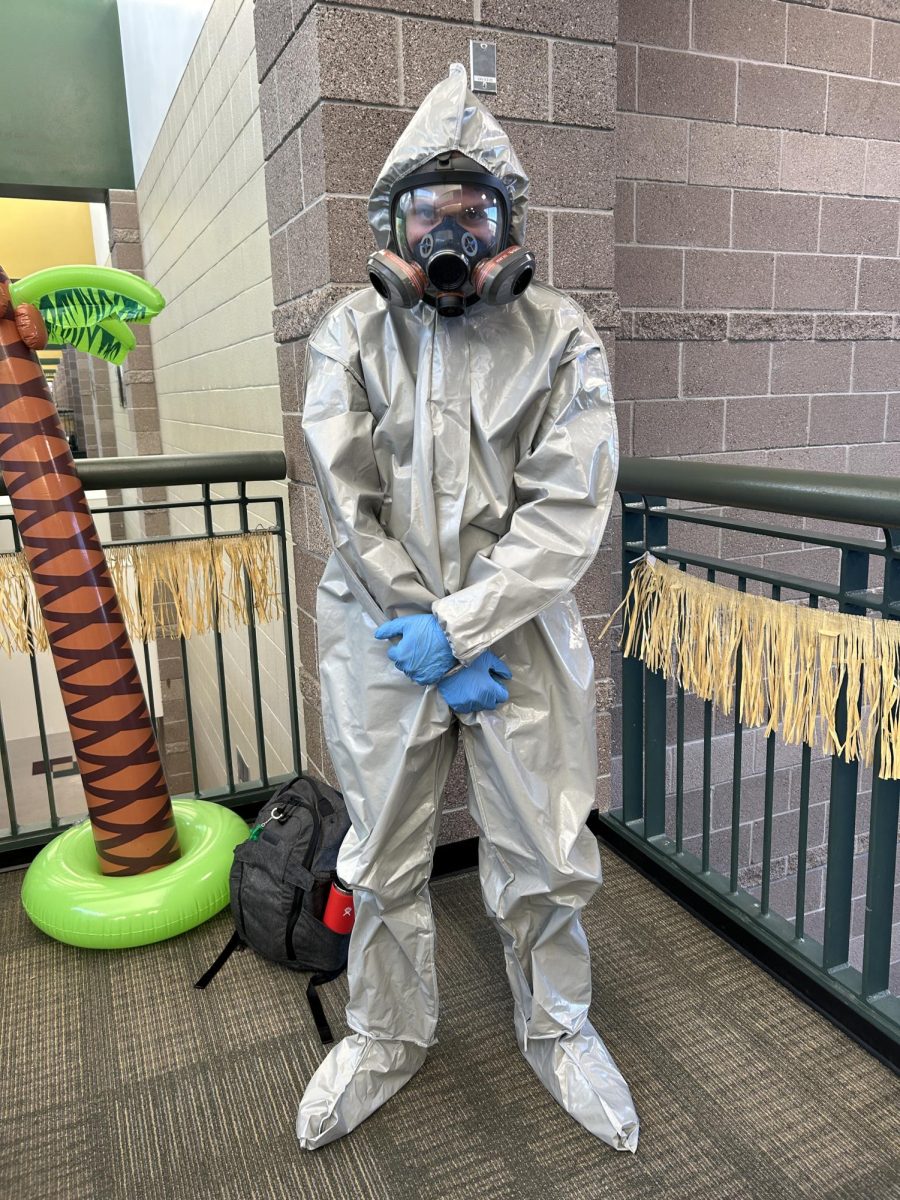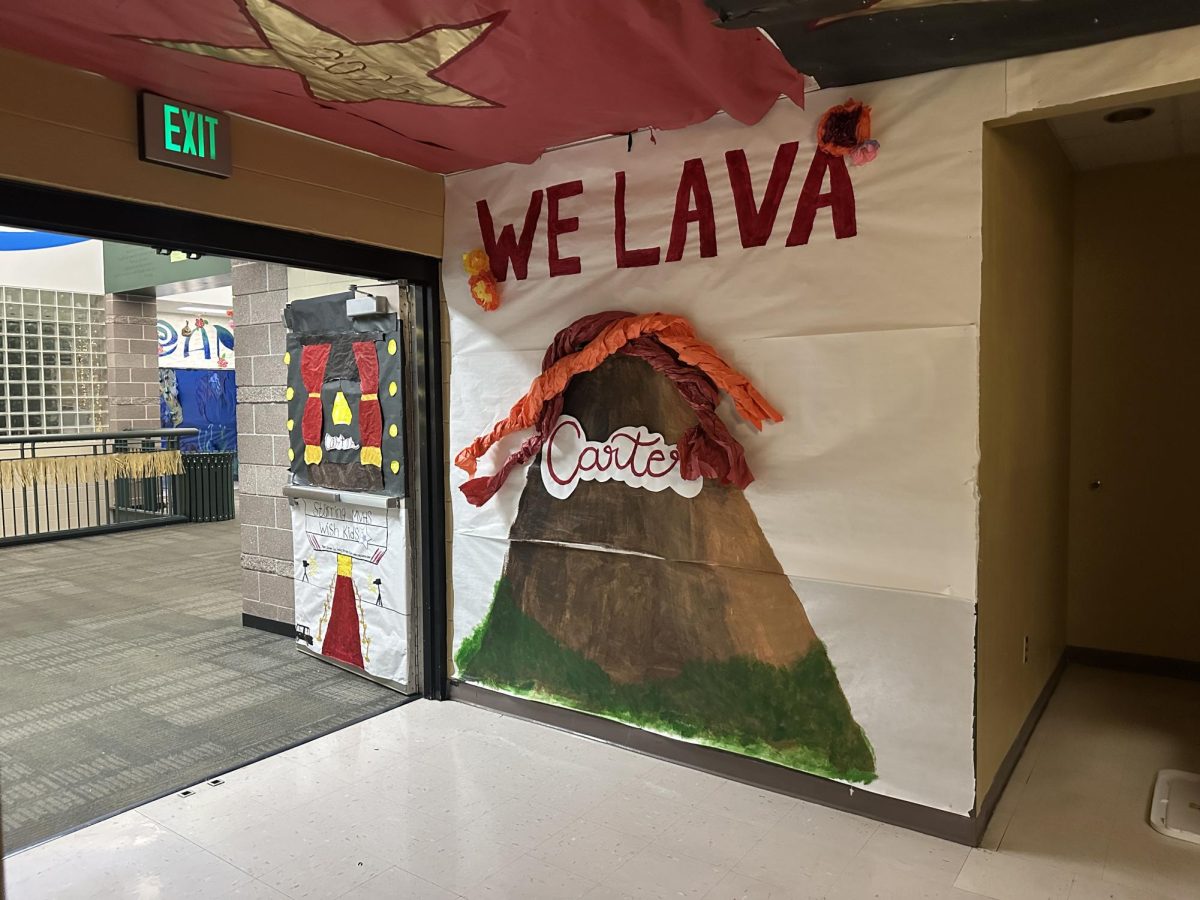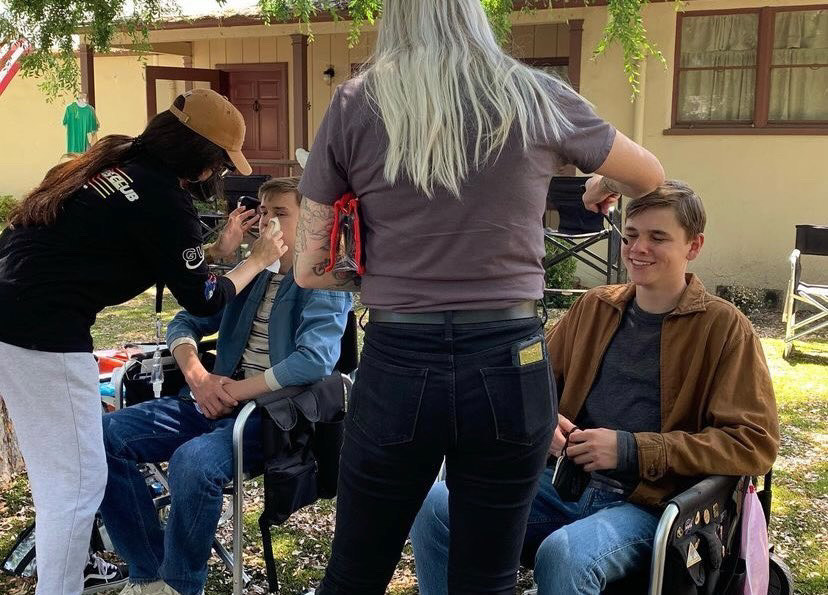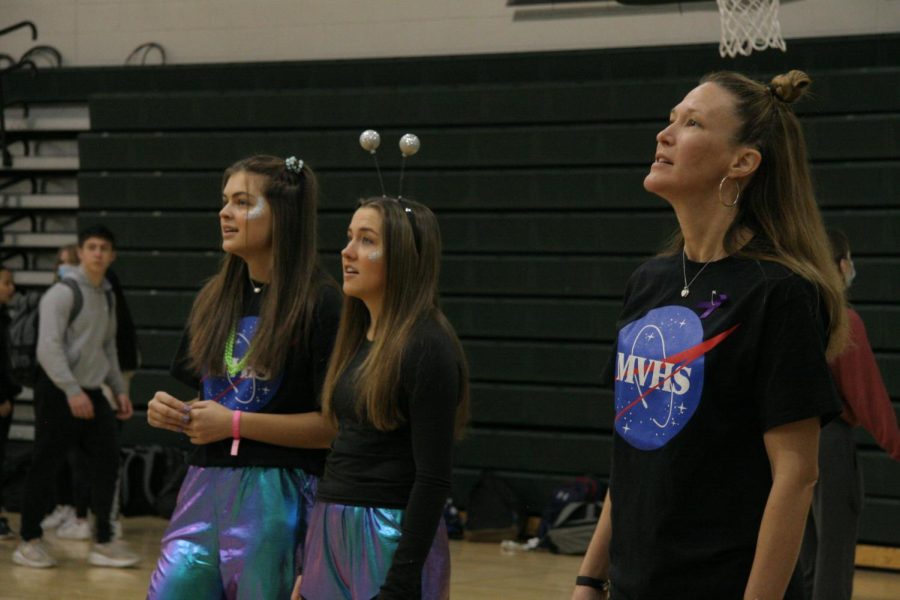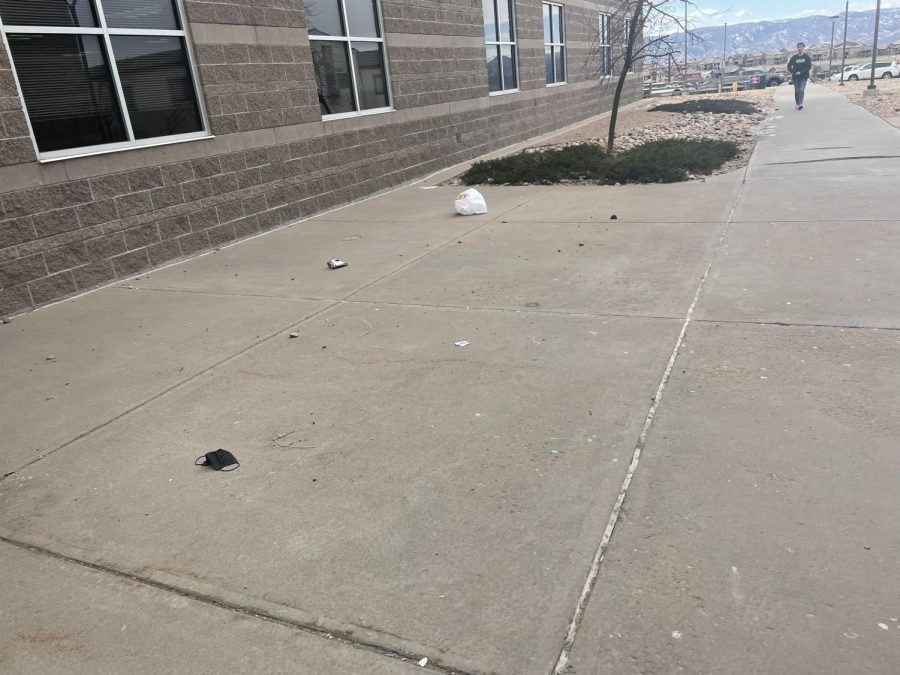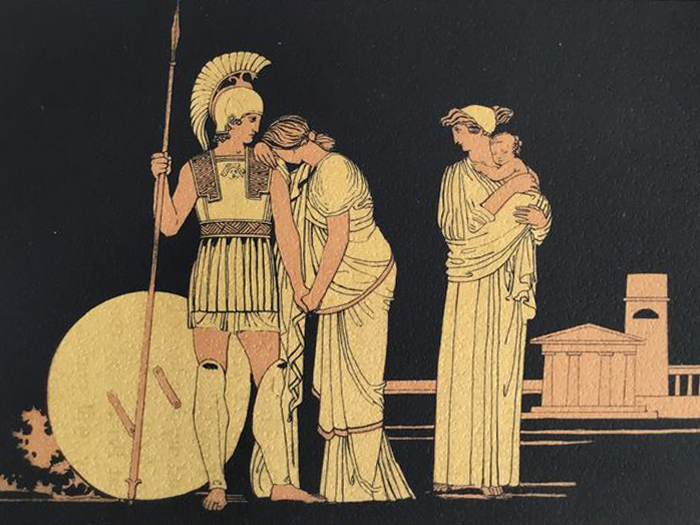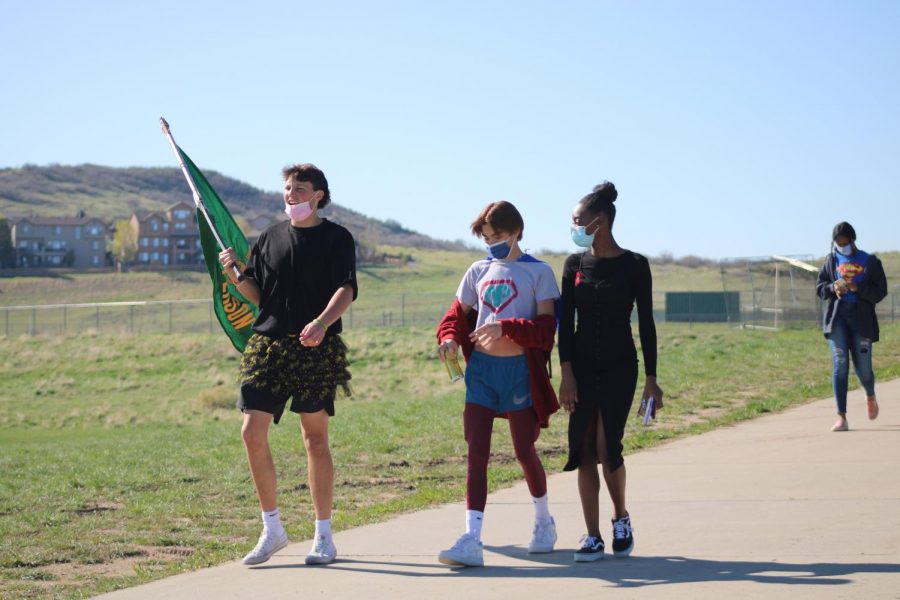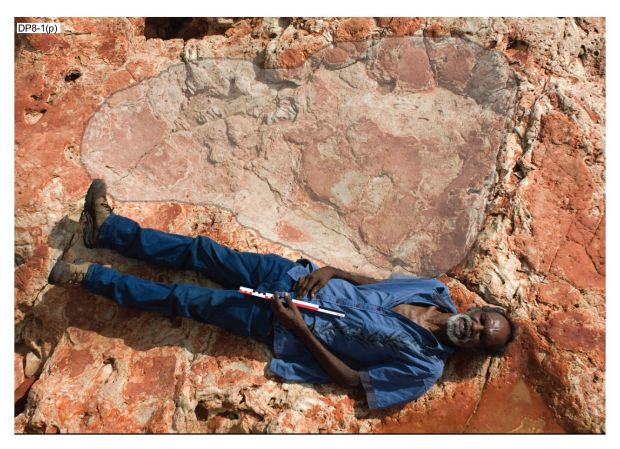In 1993, screenplay, writer and director Steven Spielberg released “Jurassic Park”, which later became a cult classic and raised interest in the modern study of dinosaur life. As scientists continue to study some of the oldest creatures on Earth, they take chances in order to stumble across discoveries that can further develop the knowledge in the field.
Over the course of the past few years, scientists have discovered that there are various large patches of land that housed dinosaurs similar to those in Spielberg’s movie. Among the stretches of prehistoric land is a large and dry Australian desert which is believed to have housed nearly 2,000 species of dinosaurs over 100 million years ago.
With the progression of discoveries in the scientific field, scientists believe that an asteroid wiped the dinosaurs off the face of the Earth and created a place for new life with a change of the environment. What was once a damp forested environment engulfed by shallow seas became dry and hot and is now the modern day coastline of northwestern Australia. Regardless of the asteroids, their tracks remained and lead the way for modern scientific research.
After further exploring the Australian coast strip, scientists revealed on Friday in the Journal of Vertebrate Paleontology that the footprint assemblage found in the region contains evidence of 21 species and is home to the most diverse dinosaur footprints in the world. With this in mind, the discovery broke the record for the largest dinosaur footprint ever recorded; a print that belonged to a Sauropod (a long necked dinosaur), which was 5 feet and 9 inches. Along with the other tracks that were found, these tracks provide the first evidence that dinosaurs with spiked tails (like Stegosaurs) lived in Australia.
In 2008, the future exhibition was selected as the future site for a natural gas plant. Worried that the scientific advancements that the site possessed would be lost due to drilling, the Goolarabooloo (the native people of the region) contacted various paleontologists and asked them to uncover what had been sitting there for centuries.
Thanks to the help of the native people, the area was listed as a natural heritage site in 2011, and plans for the natural gas plant fell apart two years later; creating Australia’s own Jurassic Park.
The tracks contained in the park are between 127 and 144 million years old and are the only fossil evidence from the early Cretaceous period and are some of the oldest dinosaur remains in the world.

